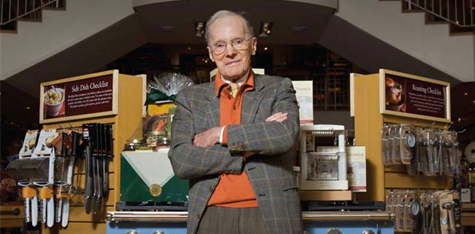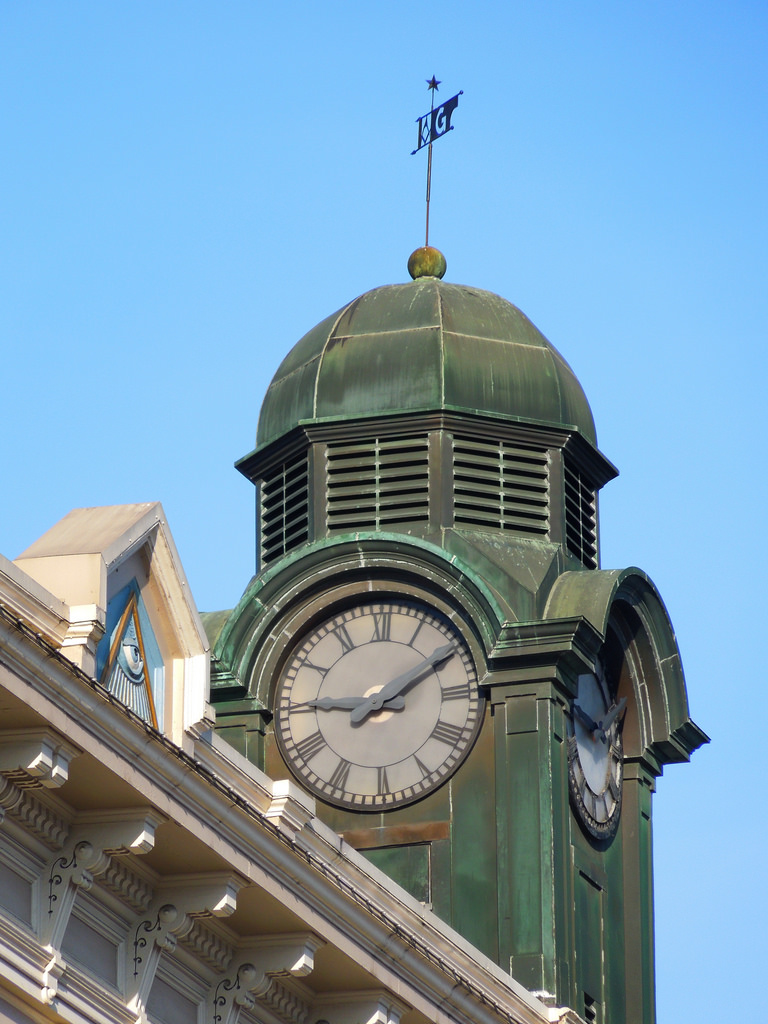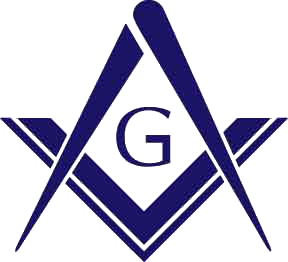Charles “Chuck’†of Williams-Sonoma was known worldwide as a culinary genius and esteemed businessman. But in Temple Lodge No. 14 in Sonoma, he was known for something else: Being a brother. Williams passed away on Dec. 5, 2015, but his legacy in and outside of the lodge will be forever treasured by those people whose lives he touched.
In December of 2009, California Freemason magazine interviewed Williams to learn more about his fascinating life. Read that article below. And to learn more about Brother Williams, watch a video tribute to him on the Williams-Sonoma website.
The American Way of Cooking | How Chuck Williams Revolutionized our Kitchens
by Richard Berman
The 1950s were transformative years for kitchens across America. Julia Child moved to Paris in 1948 and fell in love with French cuisine, describing her first meal as “an opening up of the soul and spirit.†Child went on to study at the iconic Cordon Bleu cooking school and with several top French chefs, then began a culinary renaissance by introducing French cuisine via cookbooks and a widely popular television show – especially to an eager American audience.
More than 3,000 miles west of Child’s kitchen in Cambridge, Massachusetts, a self-taught carpenter and contractor in Sonoma, California was also tapping into America’s love affair with French-style cooking. Charles “Chuck†Williams had been similarly inspired by a trip abroad. “I learned how to cook from my grandmother. When I first went to France in the 1950s, I was amazed by the quality of the cookware that people had in their homes,†says Williams. “Restaurants in the United States had great equipment, but the stuff sold for home use was cheap, thin aluminum. It just wasn’t good for cooking like they do in France – you couldn’t buy the professional-quality pots, pans, and other tools.â€
Seeing a good business opportunity, Williams purchased property in Sonoma in 1954 that included a few store fronts. Motivated by his trip to France, he decided to turn one, a former hardware store, into the first Williams-Sonoma. He stocked it with the cookware he’d admired abroad. “We were the only store in the country that sold European cookware, and the demand was enormous,†Williams says. In 1958 he moved the business to the Union Square shopping district in San Francisco and quickly established a national reputation for Williams-Sonoma as the premier source for everything from soufflé dishes to high-quality knives to enamel and copper pots.
Williams, says that for a long time he was unable to carry American-made products in his store. “There were plenty of companies making good pieces here, but they only wanted to sell to restaurants,†he explains. “Professional chefs always had quality equipment, but there was a perception that the home market just wasn’t ready for it. In France and other countries, they didn’t feel that way. Homes had quality cookware.â€
The downtown location of the Union Square store, close to doctors’ offices, women’s spas, clubs, and conference centers, attracted passersby who then took an interest in its unique inventory of French cookware. This timed well with the launch of Julia Child’s books and television program, “The French Chef,†in the 1960s, which were inspiring Americans to try out new recipes at home. Most of the equipment that was necessary to make her dishes wasn’t part of the average American kitchen, which created an opportunity for Williams to fill the void. Williams-Sonoma became the source for outfitting Americans’ newly invigorated kitchens. “I always knew what was on her show because the next day people would come into my store and ask for the items they had seen,†he says. This attention to customer needs was a driving force behind the store’s popularity. “The cooking was different – people here didn’t even have sauté pans or decent knives, so we sold a lot of those in the store,†Williams says.
Williams recalls Child appearing at Macy’s in San Francisco for an event and making a special trip to visit his store. “Her sister, who lived in Sausalito, introduced us and we stayed in touch for many years. We were the only ones selling the items that she was using on her show,†he says.
One of the major reasons for Williams-Sonoma’s success was the way that Williams displayed the merchandise. “Most department stores had all of their pots and pans stacked up on tables. My approach was to show the items so that people could see the whole thing,†he says. His innovations included displaying products all facing the same direction with the handles on the right “so people could pick them up the way they would in the kitchen.†Williams adds, “I had teapots and kettles displayed so people could see the handles and spouts, which was different from how other stores were showing them. I became noted for how the store showed products.â€
In addition to selling cooking tools, Williams also began to stock food items that were hard to find in this country, such as wine vinegar, balsamic vinegar, and high-end olive oil. “Williams-Sonoma was also the first company to import wine glasses to this country,†he says. “After Prohibition ended it took a long time for the wine industry to recover, so when we started selling wine glasses in the 1960s it was very unusual.†Williams-Sonoma also made its mark producing more than 200 cookbooks. To date, the company has sold more than 30 million books internationally.
In response to the popularity of its San Francisco store, Williams-Sonoma launched its mail-order catalogue in 1971 and opened stores in Beverly Hills, Palo Alto, and Orange County’s South Coast Plaza. Today the company – of which Williams still serves as director emeritus – operates more than 250 stores in the United States and Canada.
Not surprisingly, Williams has received just about every major American cooking award. In 1994, the James Beard Foundation named him to the Who’s Who of Food and Beverage and in 1995 gave him its Lifetime Achievement Award. Bon Appétit magazine named him the Tastemaker of the Year for 1999, he was awarded the 2001 Lifetime Achievement Award by the International Association of Culinary Professionals, and in 2003 he was recognized by the Housewares Foundation as Humanitarian of the Year. In 2006, he was honored as a Visionary Retailer at the seventh annual Giants of Design Awards presented by House Beautiful magazine. Williams has also served on the boards of the American Institute of Wine and Food and the Culinary Institute of America (CIA). He was inducted into CIA’s hall of fame in 2002.
“I have always loved cooking, and I love helping people learn how to cook better food,†he says. “Food has come so far in this country in the last 50 years, and it’s been wonderful to be part of the change.â€
The Masonic Connections That Shaped His Path
Like many men of his generation, Williams’ father was a Mason, and he followed his father into the craft. “Back in Jacksonville, Florida, where I grew up, my father was a Shriner and my mother was in Eastern Star. I really grew up with Masonry all around me,†Williams relays. “I remember when I was 10 years old, my father took me along for the ride to a Masonic event, and he really knew so much about it.â€
At 38 years of age, Williams became a brother of Temple Lodge No. 14 in Sonoma. “I remember the day: November 14, 1953. I received a letter from the master – which I still have – and I got my third degree at a ceremony at the lodge,†he says. “An electrician from Sweden was one of my friends and he was very involved as a Mason, so we were in the lodge together.†That same brother from Sweden hosted Williams on his fateful first trip to Europe, which ignited his love for French cookery.
Williams opened his first store less than two years later, and by 1958 had moved his home and business to San Francisco. That same year, just blocks away in the same city, the California Masonic Memorial Temple was dedicated as the new home of the Grand Lodge of California. For both Williams and Grand Lodge, the year 2008 marked a 50th anniversary milestone.

Brother Chuck Williams on the Cover of California Freemason
Read this and other articles about the history of Freemasonry at freemason.org


